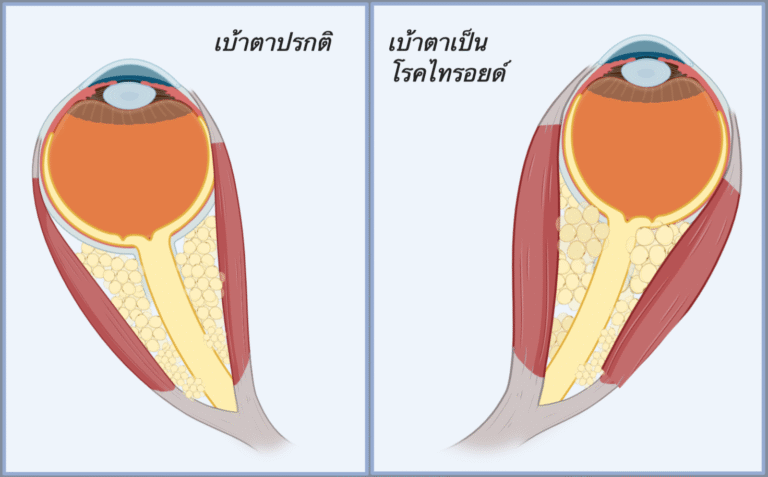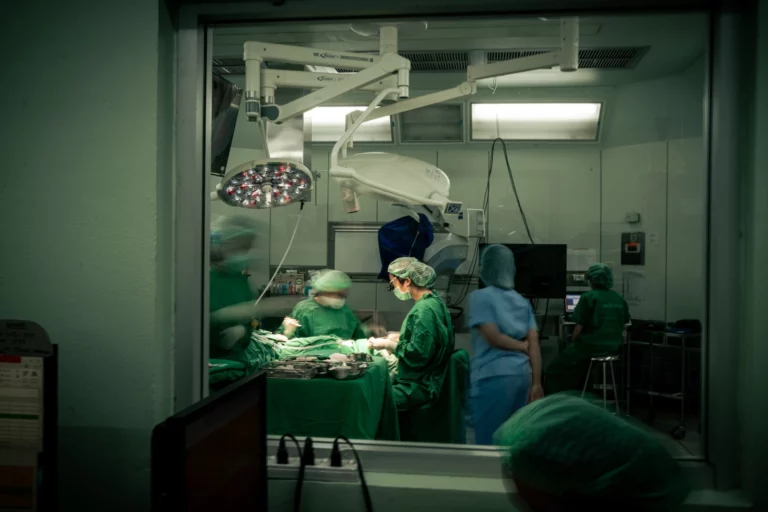What Is an Orbital Fracture?
Orbital Fractures, The orbit is the bony socket that holds your eyeball along with important structures such as muscles, nerves, fat, and blood vessels. When there is trauma to the face — such as being struck near the eye — the thin bones of the orbit may break. These breaks are called orbital fractures.
Fractures most often occur in the walls between the eye and nose or beneath the eye.
Symptoms
Signs of an orbital fracture can include:
- Pain and swelling around the eye
- Bruising
- Double vision
- Numbness of the cheek or upper teeth
- Nausea
- A sunken or “sagging” appearance of the eye once swelling goes down
A CT scan is usually performed to confirm the diagnosis and check for trapped muscles or fat. The eyeball itself must also be examined for possible injury.
Treatment
Not all orbital fractures need surgery. Small fractures without significant symptoms can often heal on their own. Your doctor may recommend:
- Cold compresses
- Antibiotics
- Anti-inflammatory medication
You should avoid:
- Blowing your nose or sneezing forcefully
- Flying or diving (pressure changes can worsen the fracture)
When Is Surgery Needed?
Surgery is usually considered if:
- Double vision is severe or persistent
- There is significant pain or nausea with eye movement
- The eye appears sunken
The decision is often made within 2 weeks of the injury.
Surgery and Recovery
Orbital fracture repair is usually performed under general anesthesia. Some patients go home the same day, while others may stay overnight.
After surgery:
- Swelling and bruising are common for several days
- Vision may be blurry initially
- Cold compresses, antibiotics, or anti-inflammatory medications may be continued
- Temporary double vision or numbness can occur but usually improves
Most people can return to work or school within about a week, but heavy activity, flying, or diving should be avoided for several weeks.
Patient-Specific Implants
In some cases, your surgeon may recommend using a patient-specific implant to repair the orbital fracture. These implants are custom-designed using your CT scan to match the exact shape of your eye socket.
Benefits include:
- More accurate reconstruction of the orbital walls
- Better symmetry between the two eyes
- Reduced risk of long-term complications such as double vision or a sunken eye
These implants are usually made of biocompatible materials (such as titanium mesh or porous polyethylene) and are designed to integrate safely with your surrounding tissues.
Your oculofacial plastic surgeon will determine whether a standard implant or a patient-specific implant is best for your case.
Risks and Complications
As with any surgery, risks include:
- Bleeding or infection
- Persistent double vision or numbness
- Uneven appearance of the eyes
- Rarely, loss of vision
Your surgeon will discuss these risks with you and tailor treatment to your needs.
Summary
Orbital fractures are common after facial injuries. Many heal without surgery, but surgical repair may be needed if symptoms are severe. With proper care, most patients recover well.



